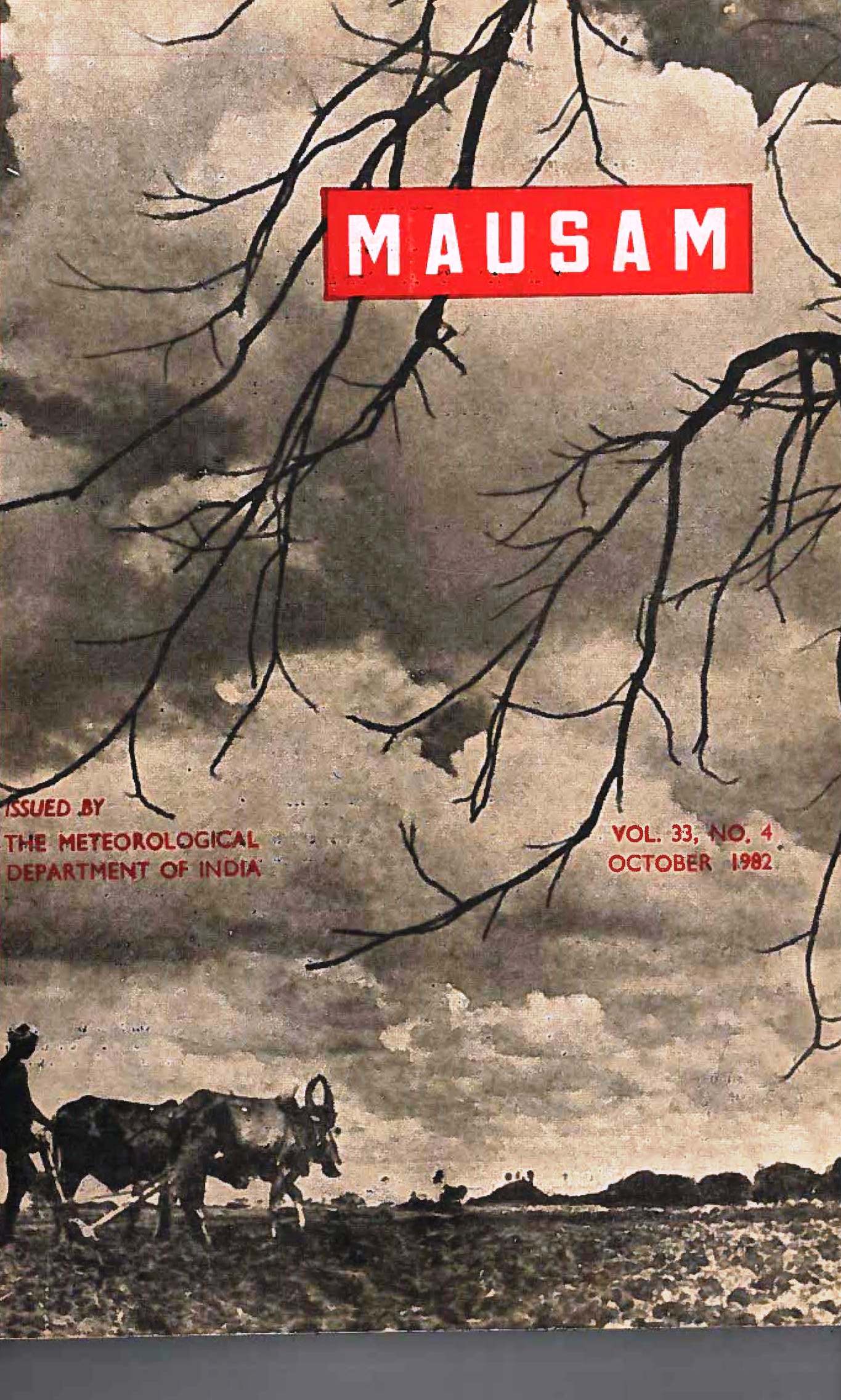A tentative model of Andhi
DOI:
https://doi.org/10.54302/mausam.v33i4.2581Abstract
Based on the thunderstorm downdraft model developed by Charba (1974) and Goff (1976), a tentative model of Andhi (the convective duststorm of northwest India) has been suggested. This model is able to explain qualitatively the visibility variations in atypical type-1 Andhi(The details of visibility variations in the four types of Andhi have been given by Joseph et al. 1980). The slower visibility improvement and the consequent longer duration of type-2 (night time) Andhi also gets a logical explanation, if one assumes that the Andhi 'head' moves forward more slowly at night, when the ambient air-density is higher. This assumption has theoretical support from studies on the propagation of 'gravity current' heads.
Downloads
Published
How to Cite
Issue
Section
License
Copyright (c) 2021 MAUSAM

This work is licensed under a Creative Commons Attribution-NonCommercial 4.0 International License.
All articles published by MAUSAM are licensed under the Creative Commons Attribution 4.0 International License. This permits anyone.
Anyone is free:
- To Share - to copy, distribute and transmit the work
- To Remix - to adapt the work.
Under the following conditions:
- Share - copy and redistribute the material in any medium or format
- Adapt - remix, transform, and build upon the material for any purpose, even
commercially.



